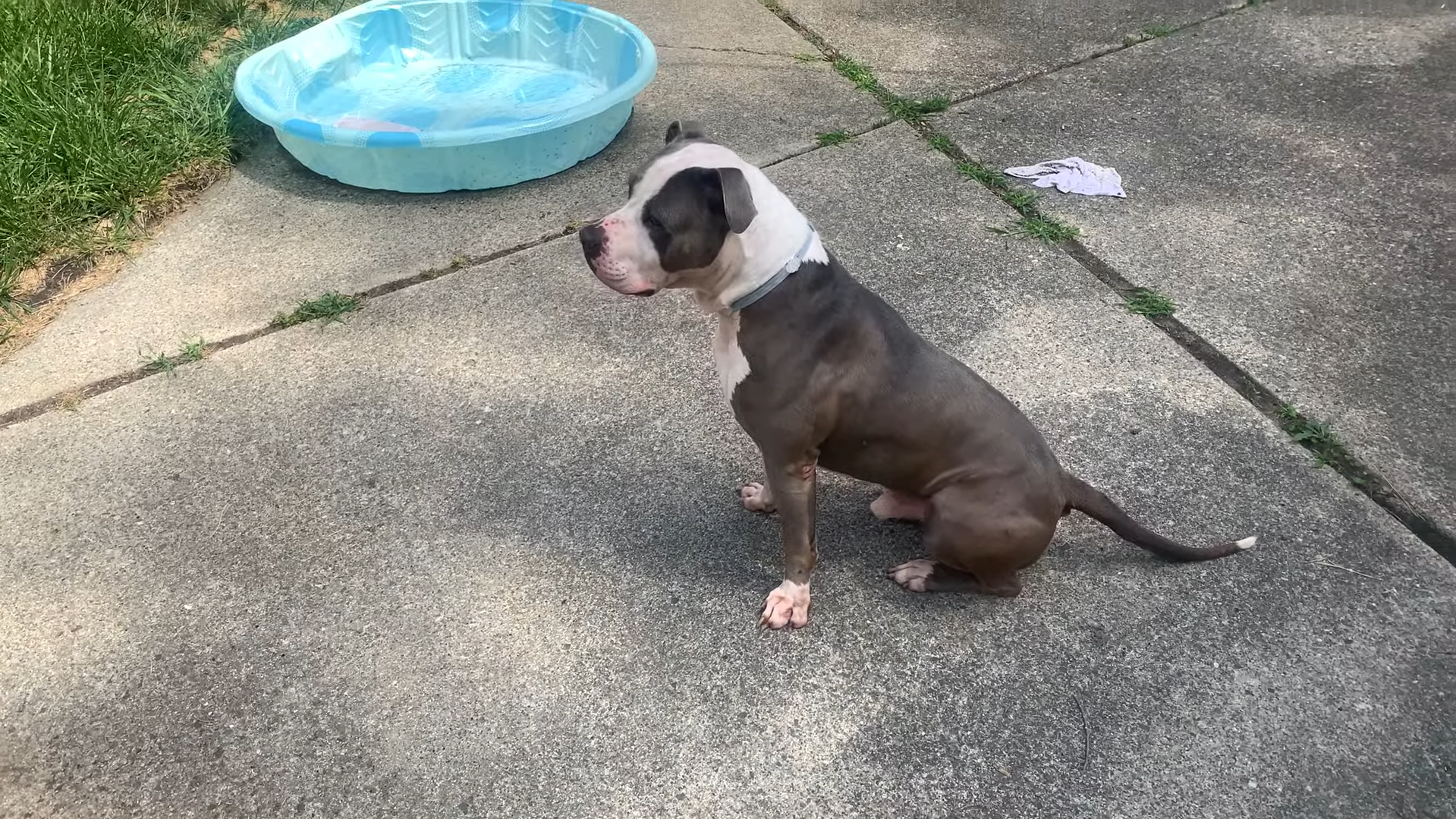If you are a pet owner, then you already know what it is like to have fleas on your pet. Fleas are tiny insects that live on your pet’s fur. They feed on their blood and are very dangerous as they can cause anemia in them.
Getting rid of them is very important. There are many ways of getting rid of fleas, among them the most effective one is flea collars. Flea collars are very effective and easy to use. Some flea collars contain active chemicals and some contain essential oils that kill the fleas.
Flea collars release those chemicals or essential oils, and they spread all over the pets’ fur, killing the fleas and protecting your pet from getting flea bites. They can be used for both cats and dogs. Flea collars are also not harmful to your pets, Like every other thing, dog flea collars also have some alternatives for flea treatment such as powders or sprays by Elanco Animal Health but they are not as effective as flea collars, and can also be harmful sometimes. Flea treatment is very important for your pets.
These collars offer protection from both dog and cat fleas because flea prevention is very important as flea infestation can cause many issues.
Let’s dig into how long does a flea collar lasts.
In general, The average protection span of a flea collar is up to 6 months.
Duration of Flea Collars: How Long Does a Flea Collar last

The duration of a flea collar is one of the most important aspects of pet care for any owner to know. Flea collars generally have a recommended shelf life set by the manufacturer, usually 6 to 8 months. But it varies from brand to brand.
Flea collars take some time to activate. When you apply the collar to your pet’s neck, it will not start working immediately, it takes almost 36 to 48 hours to start working and killing fleas on dogs and cats. The chemicals start spreading on your pet’s body, and they will kill adult fleas, flea larvae, and ticks.
If you are looking for more information on How do Flea collars work? Check out our detailed guide.
However, it is important to note that this period can vary depending on various factors. The important thing on which the durability depends is collar quality. Some of the tick collars are designed for long-term use, while others last for a short time.
So you need to be vigilant and look for signs that ticks are not getting killed and your pet needs a new collar. You should keep an eye on the effectiveness of the collar and choose the best collar for your pets. As a pet owner, I suggest you use the Seresto flea collar.
Remember the expiry date so that you can get a new one on time. For further assistance, you should read the user manual for the flea collar.
Comparing Life Span of Different Flea Collars
| Name of Collar | Average Time Span |
|---|---|
| Seresto Flea & Tick Collar for Dogs | Upto 8 months of protection |
| Hartz UltraGuard Pro Flea & Tick Collar for Dogs | Upto 7 months of protection |
| Zodiac Flea and Tick Collar for Small Dogs | Upto 7 months of protection |
| Adams Flea and Tick Collar For Dogs | Upto 7 months of protection |
| Vet’s Best Flea and Tick Repellent Dog Collar | Upto 4 months of protection |
| SOBAKEN Flea and Tick Prevention Collar | Upto 8 months of protection |
How to Increase the Time Span of a Flea Collar?

Flea collars come with a set duration but sometimes they lose their effectiveness because of improper use such as playing with water for a long time and hitting things with a collar.
Here are some tips to increase the time span of a flea collar:
Choose the Right Collar:
You should choose the best Quality Flea or tick collar which contains active ingredients that are not harmful to your pets because some chemicals can cause skin irritation.
Read labels:
Always follow the manufacturer’s labelling instructions. It includes proper installation and replacement instructions.
Proper Assembly:
Make sure the collar is applied properly but not too strongly around your pet’s neck. You can place two fingers between the collar and your pet’s neck.
Avoid Getting wet:
Remove the collar during a bath or shower to keep it working longer. Some dog and cat collars are waterproof, so you should check the label.
Storage:
Store unused flea collars in a cool, dry place. Seal in a plastic bag to keep air and moisture out. Otherwise, it will work properly when used.
Routine inspection:
You should regularly inspect the collar for signs of wear, damage, or corrosion. Replace if damaged or too loose to avoid any adverse reaction.
Keep your Pet Clean:
Regular grooming and bathing can help reduce the number of ticks on your pet, which can extend the effectiveness of the collar. Some pets have sensitive skin and they should be cleaned properly to avoid any skin irritation.
Environmental Management:
Keep your pet’s enclosure clean and vacuum regularly to remove flea eggs, ticks, and pupae.
Replacement Order:
Flea collars generally have a recommended replacement order. Follow it closely to ensure your pet cats and dogs stay safe.
Conclusion
Flea collars are pet devices infused with insect repellents that work by removing these materials to repel fleas, tick prevention, and other pests. The length of time they work varies depending on the brand, from a few months to a year.
Dog flea collar work usually begins hours to days after installation. Undyed flea collars can last for years, but their longevity depends on the manufacturer and storage conditions. Increasing the effectiveness of the flea collar, proper application, avoiding urination, regular inspections, keeping the pet and the environment clean, and a veterinarian consulting are important considerations for continuous protection.




